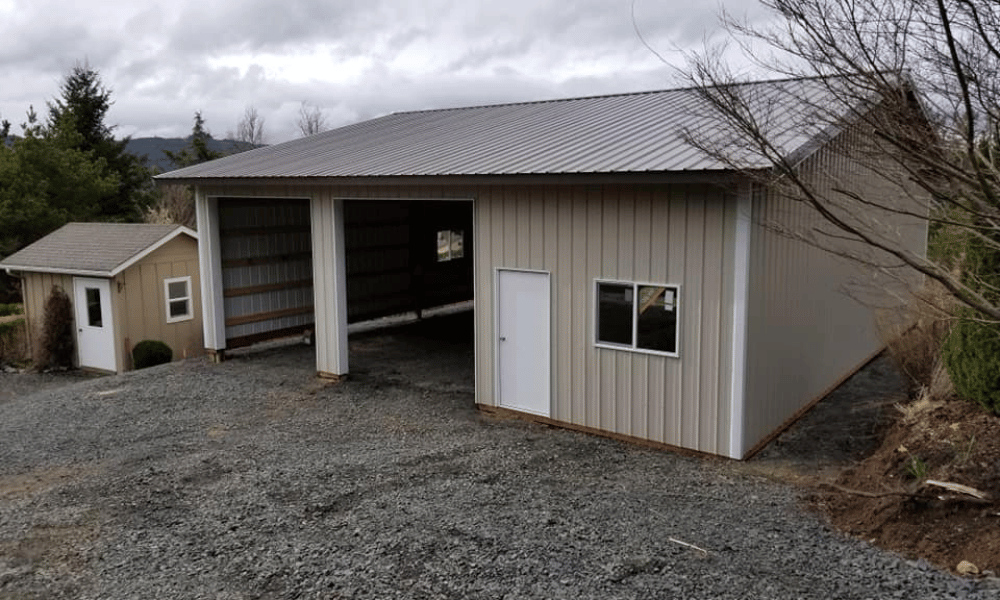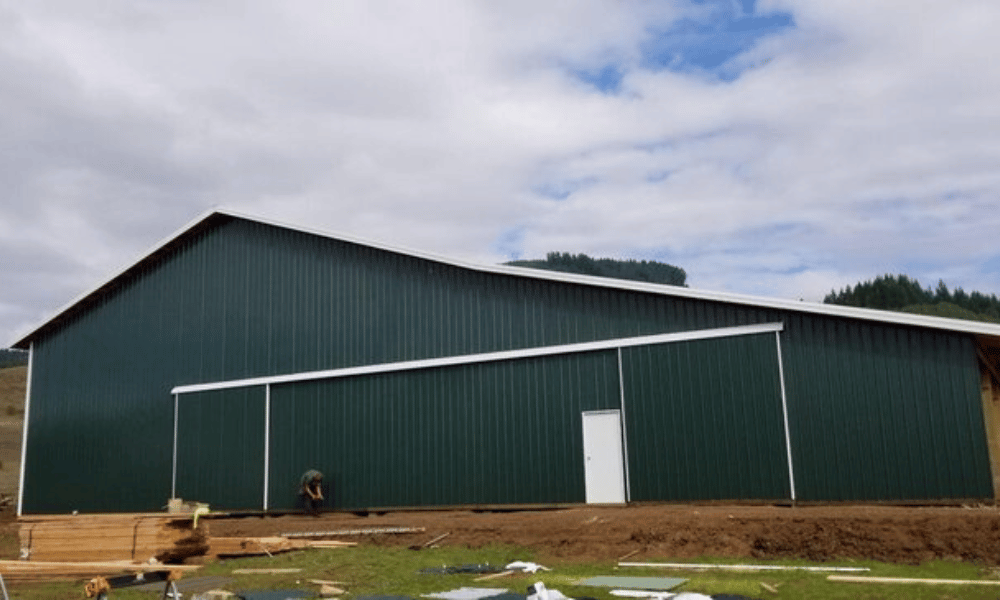Introduction
Securing poultry facilities is no small task. With the increasing demand for poultry products, ensuring that these facilities are safe and secure has become a top priority for farmers and producers alike. One common structure used in the poultry industry is pole buildings. These structures are not only cost-effective but also provide ample space http://edwindhpj712.raidersfanteamshop.com/how-to-create-zones-for-different-activities-in-your-pole-barn for housing flocks. However, they come with their own set of security challenges. In this article, we'll explore various expert tips on how to effectively secure poultry facilities within pole buildings, addressing everything from physical barriers to technological solutions.
Understanding Pole Buildings: A Brief Overview
What Are Pole Buildings?
Pole buildings are a type of post-frame construction characterized by large wooden poles or posts buried in the ground and used as the main support structure. This method is particularly popular in agricultural applications due to its affordability and versatility.

Advantages of Using Pole Buildings for Poultry
Cost-Effective: Building with poles reduces material costs. Versatile Designs: They can be customized easily to meet specific needs. Quick Construction: The building process is faster compared to traditional structures. Durability: Properly constructed pole buildings can withstand harsh weather conditions.Disadvantages of Pole Buildings
While there are numerous benefits, it's important to consider some drawbacks:
- Limited Insulation: Depending on construction methods, insulation can be less effective. Vulnerability to Pests: Without proper sealing, pole buildings may attract rodents or other pests.
Why Security Matters in Poultry Facilities
The Risks Faced by Poultry Producers
Poultry facilities face various threats that can compromise the safety of both animals and assets:
- Theft Vandalism Biosecurity breaches Natural disasters
The Importance of Biosecurity
Biosecurity is critical in preventing diseases from entering poultry systems. A secure facility helps maintain the health of the flock by minimizing exposure to pathogens.
Financial Implications of Inadequate Security
Inadequate security can lead to significant financial losses, including:
- Loss of livestock Increased veterinary bills Lower productivity levels
Tips from Experts on Securing Poultry Facilities within Pole Buildings
Conducting a Risk Assessment
Why Perform a Risk Assessment?
A thorough risk assessment helps identify vulnerabilities unique to your facility, allowing you to prioritize security measures effectively.
Steps for Conducting a Risk Assessment
Identify Potential Threats: Consider all risks ranging from human intrusion to natural disasters. Evaluate Existing Security Measures: Assess what’s currently in place and where gaps exist. Develop a Mitigation Plan: Create strategies tailored to address identified risks.Physical Barriers for Enhanced Security
Fencing Solutions for Pole Building Facilities
Fencing serves as the first line of defense against intruders and wildlife:
- Use chain-link or stock fencing complemented by barbed wire.
Gates and Access Points Management
Designate controlled access points using sturdy gates with locks:

Surveillance Technology Integration
Choosing the Right Surveillance System
Consider both stationary cameras and motion sensors:
- Opt for high-definition cameras that provide clear images at night.
Remote Monitoring Capabilities
Take advantage of apps that allow you to monitor facilities remotely:
- Real-time notifications can help you respond swiftly if something seems amiss.
Lighting Strategies
Importance of Adequate Lighting
Proper lighting deters criminal activity:
Install floodlights around entrances and corners. Use motion-sensor lights for energy savings while maintaining security.Types of Lighting Solutions
Different lighting options include:
- LED lights for efficiency Solar-powered lights as an eco-friendly choice
Implementing Biosecurity Measures
Controlled Access Protocols
Establish strict access protocols for personnel entering the facility:
Require identification badges. Maintain a visitor logbook.Footbaths and Sanitation Stations
Implement footbaths at all entry points:
- This simple measure reduces disease transmission significantly.
Training Employees on Security Protocols
Regular Training Sessions
Conduct training sessions focused on biosecurity protocols and emergency procedures regularly:
Include hands-on demonstrations. Update training materials based on new threats.Creating a Culture of Safety
Encourage employees to report suspicious activities immediately:
- Foster an environment where everyone feels responsible for security.
Utilizing Advanced Technology Solutions
Smart Sensors and Alarm Systems
Consider installing smart sensors that alert you about unauthorized entries instantly:
Integrating alarm systems with local law enforcement improves response times.Data Analytics for Threat Detection
Use technology that analyzes patterns in data collected from surveillance systems:
- This analysis can help predict potential threats before they escalate.
Insurance Considerations
Understanding Insurance Needs
Assess your insurance requirements based on risks identified during assessments:
Ensure coverage includes theft, natural disasters, and liability claims.Working with Insurance Providers
Choose insurance providers who specialize in agricultural policies:
- Consult them about best practices related to securing your facilities.
Emergency Preparedness Plans
Developing Comprehensive Emergency Plans
Create contingency plans outlining steps in case of an emergency or breach:
Designate roles among staff members during emergencies.Regular Drills and Simulations
Schedule regular drills so employees know what actions they need to take during a crisis situation.
FAQs About Securing Poultry Facilities within Pole Buildings
What are pole buildings?- Pole buildings are structures supported by large poles, commonly used in agricultural settings due to their cost-effectiveness and versatility.
- Biosecurity prevents disease outbreaks among flocks, protecting both animal health and farm profitability.
- Conduct a thorough risk assessment by identifying potential threats, evaluating existing measures, and developing mitigation strategies tailored specifically for your facility's needs.
- Look into high-definition cameras with night vision capabilities along with motion sensors that integrate into alarm systems for comprehensive coverage.
- Training creates awareness among staff members about existing threats and empowers them to take prompt action when necessary, thereby enhancing overall security effectiveness.
- Your insurance should cover theft, natural disasters, liability claims related specifically to poultry farming operations; consult specialized providers who understand agriculture risks well.
Conclusion
Securing poultry facilities within pole buildings requires meticulous planning and implementation across multiple fronts—from physical barriers like fencing and gates to advanced technology such as surveillance systems and smart alarms combined with rigorous training programs for staff members aimed at cultivating a culture centered around safety measures throughout daily operations involving livestock management practices today! By following these expert tips outlined above—alongside regularly reassessing vulnerabilities—you'll bolster your operational continuity while safeguarding both assets & welfare across valuable livestock populations efficiently over time!